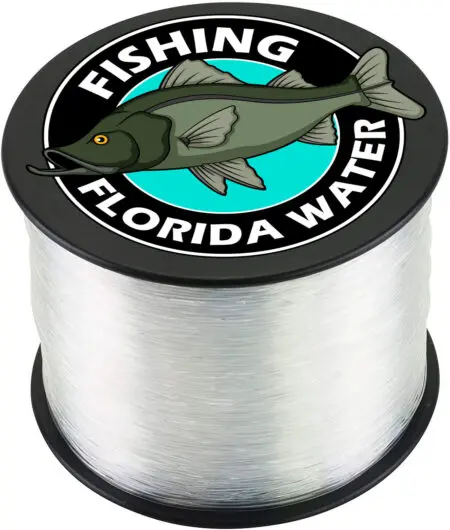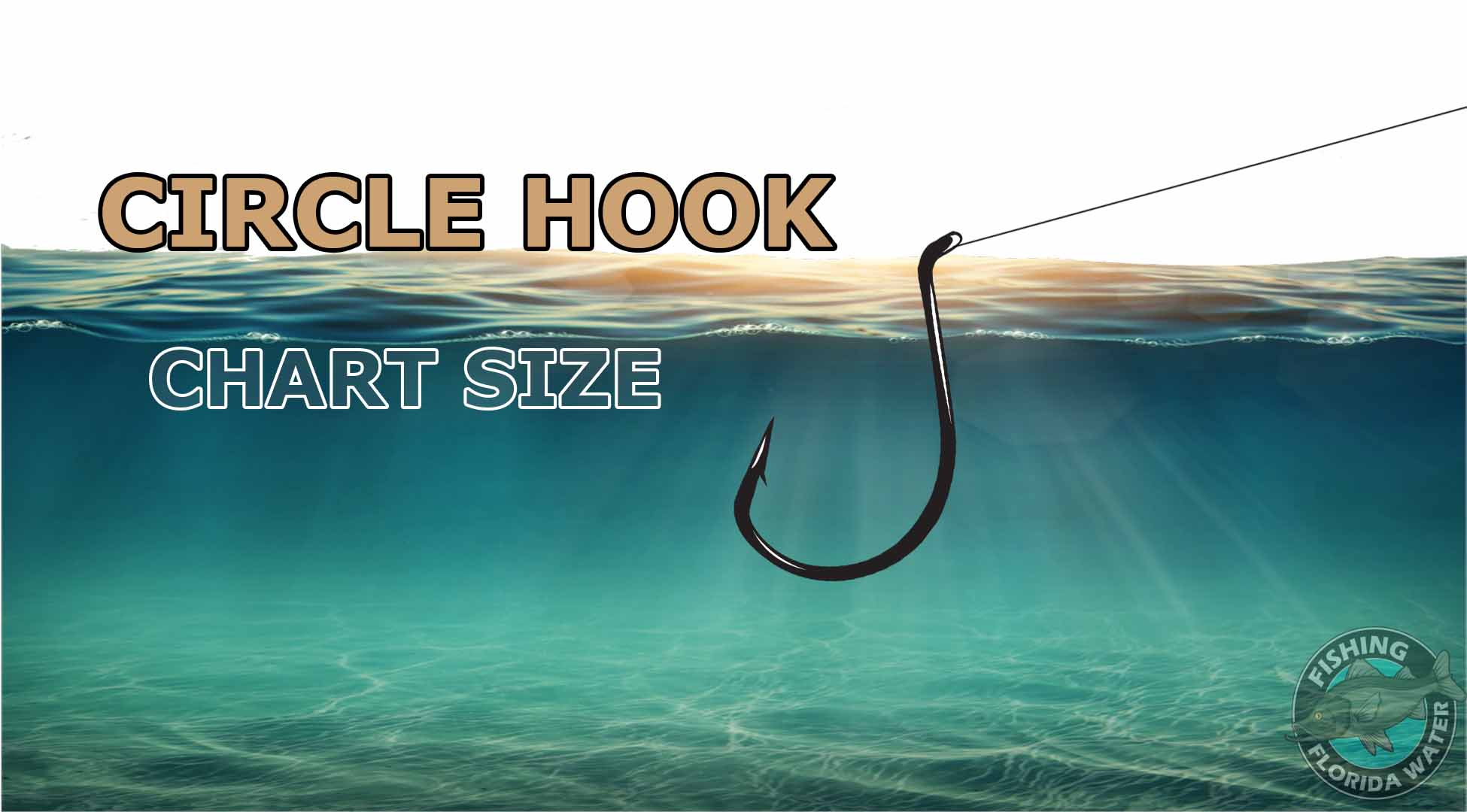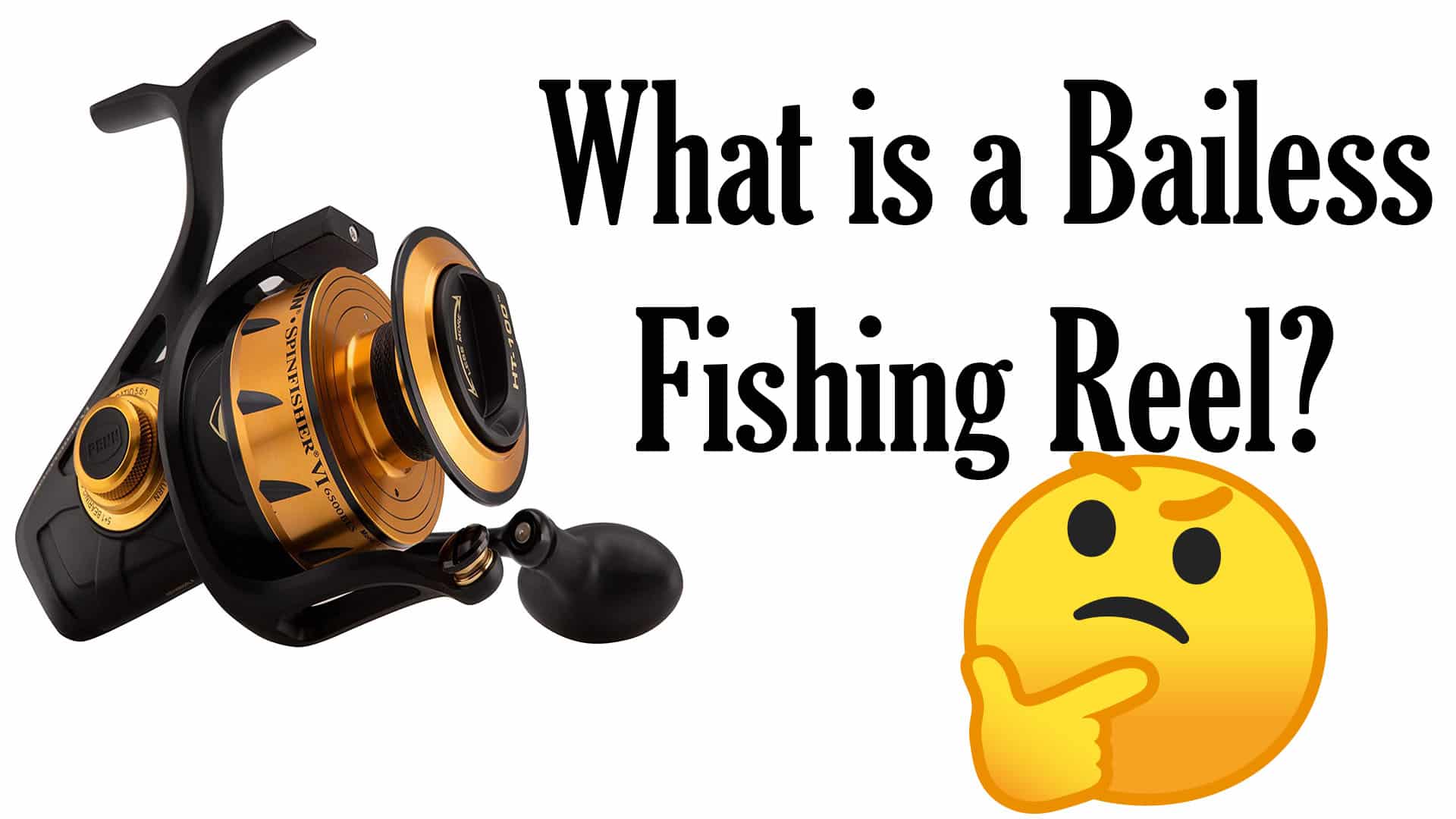Does fishing line color matter?
What Color Fishing Line Should I Use and Why?
When it comes to fishing, selecting the right tackle isn’t just about hooks and lures. A crucial aspect that often gets overlooked is the color of the fishing line. The fishing line color can significantly impact your success based on various factors like water clarity, weather conditions, and the species of fish you’re targeting. So how do you choose the right color for your fishing line? Let’s dive in!
Understanding Water Clarity
First and foremost, water clarity plays a pivotal role in determining the color of your fishing line. In clear water, using a line that blends in with the surroundings is key. Monofilament lines, which are often clear or translucent, can be advantageous when fishing in such conditions. This option becomes less visible to fish, thus increasing your chances of a successful catch.
The Role of Color Visibility
On the other hand, muddy or stained water makes your line more detectable to fish. In these scenarios, opt for a colored line. Bright colors like orange, green, or yellow can help you see and control your line more easily, allowing you to maintain tension and manage your bait effectively. Additionally, a visible line allows you to detect subtle bites, making it easier to set the hook.
Targeting Specific Species
Different fish species can also influence the color of line you should use. For example, bass tend to be more skittish and cautious, especially in clear waters, so opting for a green or brown line can be effective. Conversely, when fishing for species like catfish or carp in murky waters, a brightly colored line can help you monitor your position, as these fish are less line-shy.
Weather Conditions Matter
Moreover, weather conditions can affect fishing line color choice. Overcast days, for example, tend to diffuse light in such a way that fish might not be as wary of a darker line, so using a darker color could work. In bright, sunny conditions, however, a lighter or more translucent line may be more effective to avoid spooking the fish.
Monofilament
Monofilament is the most popular line choice on the market, and it comes in several different color options. Nearly all of them are marketed as either being hard for fish to detect underwater or easier for anglers to see above water. Here is a breakdown of the most popular colors of monofilament lines and the benefits of each.
Yellow
The high-vis yellow color is great for anglers who watch their line to detect bites. The bright color makes it easy to see from above, and slight bites are easily noticed. The downside is that it’s more visible to fish below. This color of the line is a good choice for dirty water, but in clear water, the line is fairly easy to see underwater. It’s a trade-off for anglers looking to see their line, and adding to the equation is that aggressive fish may not notice the line as they are about to strike a lure. The yellow line does have a time and place, and the benefit of being able to detect bites may outweigh any possible reduction in bites from line-wary fish.
Red
Red lines are also said to become invisible underwater. This comes from the studies that show how red objects lose their color first underwater. On the other hand, divers say that red objects that lose their color become black. Those who use red lines also like the fact that they are easy to spot above water.
Adding to the confusion surrounding the red line is that companies that produce red hooks say that they generate more bites since they look like blood. Many anglers find it hard to believe that the red line is invisible, but red hooks are somehow more visible. Either way, the red line is an option for anglers looking for another choice of line color.
Green
Green is a good color for blending into the water. The majority of the water we anglers fish has some sort of green tint to it. Like camouflage, the green line blends into its surroundings and makes a good choice for anglers looking to keep their line invisible to fish. On the other hand, green may be more visible than clear in very clear water. Overall, green is a good line color choice for many different situations.
Clear
Clear monofilament is a good choice if you are concerned about fish being able to see your line underwater. While the properties of fluorocarbon may make it less visible underneath the surface, clear monofilament works well in all situations.
There is another clear option on the market, and it is typically called clear blue. The line is relatively clear underwater, but the blue tint makes it easier to see above water.
How to choose the best fishing line Not sure what line to use? Visit that page on How to Choose the Best Fishing Line to help you decide what line might suit your needs.
Share this content:







Post Comment
You must be logged in to post a comment.